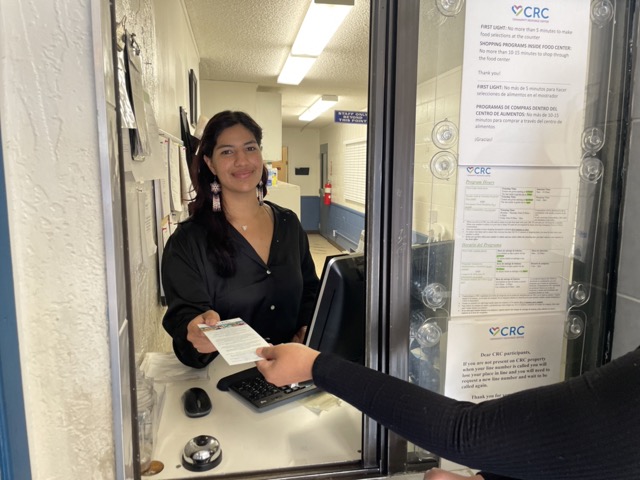
In coastal North County, the Point-in-Time-Count identified a 5% increase in homelessness in 2024 compared to 2023.
The 2024 Point-in-Time (PIT) Count revealed a significant increase in the number of unsheltered individuals experiencing homelessness in coastal North County San Diego. These numbers are not just statistics; they represent real people facing profound challenges. To effectively address homelessness, we must look beyond headlines and dive into the root causes driving it.
One of the primary factors is the severe lack of affordable housing. According to the California Housing Partnership, San Diego County needs over 134,537 affordable rental homes to meet current demand. The median home price in the region has skyrocketed, pushing more people to the brink of homelessness. Peer-reviewed studies consistently link high housing costs with increased homelessness rates. Moreover, 81% of extremely low-income households in San Diego County spend more than half of their income on housing, compared to just 2% of moderate-income households. This discrepancy highlights the urgent need for affordable housing solutions.
Economic instability further exacerbates this issue. The COVID-19 pandemic, though officially over, has left lasting economic scars. Many individuals who lost their jobs or faced reduced hours have not fully recovered financially. The Federal Reserve reports that nearly 40% of Americans struggle to cover a $400 emergency expense, illustrating the precariousness of many households’ financial situations. Additionally, renters in San Diego County need to earn $47.67 per hour—2.8 times the City of San Diego minimum wage—to afford the average monthly asking rent of $2,479 (California Housing Partnership).
The impacts of inflation and rising housing costs have been particularly challenging for older adults. The proportion of adults 50 and older experiencing homelessness has risen faster than other groups and is expected to triple among those 65 and older by 2030 (California Statewide Study of People Experiencing Homelessness). According to the 2023 Profile of Older Americans, there are 5.9 million people aged 65 and older living below the poverty level in the US, and many more with incomes barely above it (Administration for Community Living). This economic vulnerability highlights the need for targeted support to ensure older adults are not left without safe, affordable housing.
Domestic violence is also a significant factor contributing to homelessness, particularly among women. Statistics indicate that 57% of women experiencing homelessness are fleeing situations of abuse (Safe Housing Partnerships). The trauma and disruption caused by domestic violence often leave survivors without stable housing, as they must choose between an unsafe home and no home at all. Addressing this issue requires not only providing immediate shelter options but also supporting survivors through comprehensive services.
Systemic inequities, including racial disparities, must be acknowledged. In San Diego County, Black individuals make up only 5.6% of the general population but represent 22.3% of those experiencing homelessness (San Diego Regional Taskforce on Homelessness). They are nearly six times more likely to experience sheltered homelessness compared to their non-Black peers. Research from the National Alliance to End Homelessness shows that people of color, particularly Black and Indigenous populations, are overrepresented in homeless demographics due to historical and ongoing discrimination in housing, employment, and healthcare.
Finally, individuals experiencing homelessness are disproportionately affected by mental health disorders and substance use (Substance Abuse and Mental Health Services Administration). This is both a consequence and a cause of homelessness, creating a vicious cycle that’s difficult to break without comprehensive support systems.
Addressing homelessness requires a multifaceted approach. We must advocate for more affordable housing, bolster economic support systems, and provide robust mental health and substance use services. By understanding and tackling these root causes, we can make meaningful progress in reducing homelessness and supporting our community’s most vulnerable members.

While we work together towards these long-term solutions, we must be here – right now – for our neighbors experiencing homelessness. Through comprehensive case management, healthy food and nutrition services, counseling, shelter for domestic violence survivors, and other essential resources, CRC helps individuals regain stability and return to permanent housing. Our efforts not only provide immediate relief but also help empower our community members to rebuild their lives with dignity and security. I encourage you to read some of the stories of individuals who found help and hope at CRC.
Together, we can create a future where everyone in North County San Diego has a place to call home.


